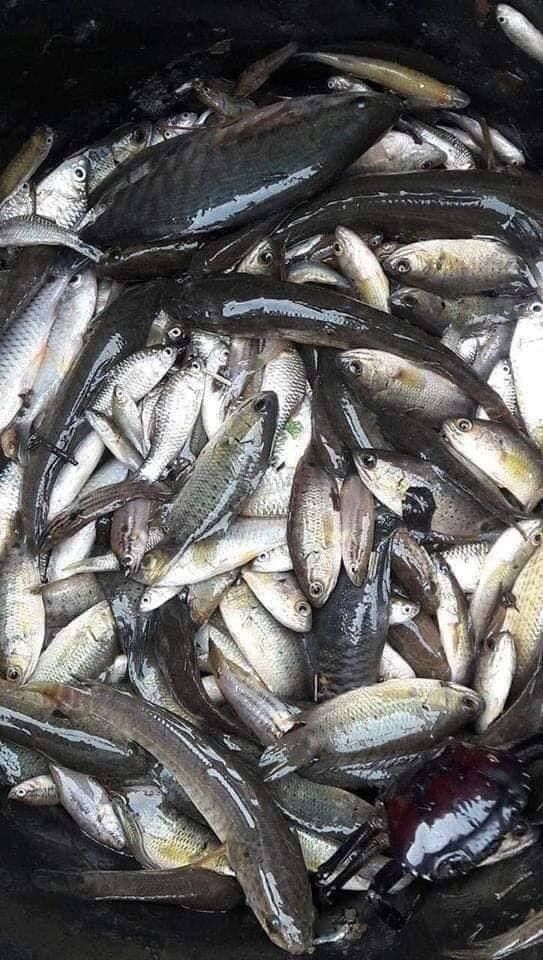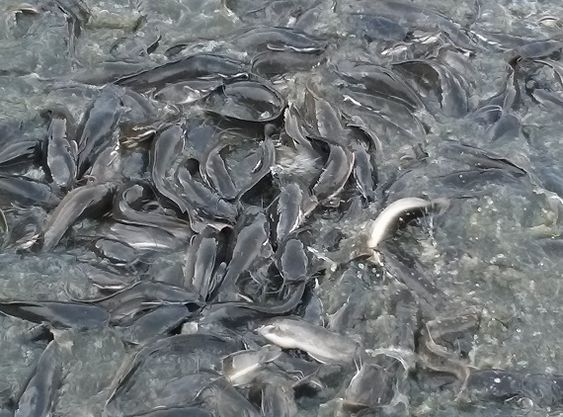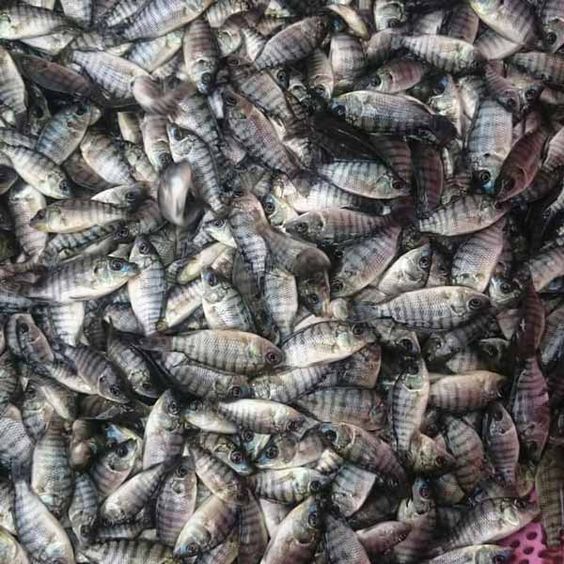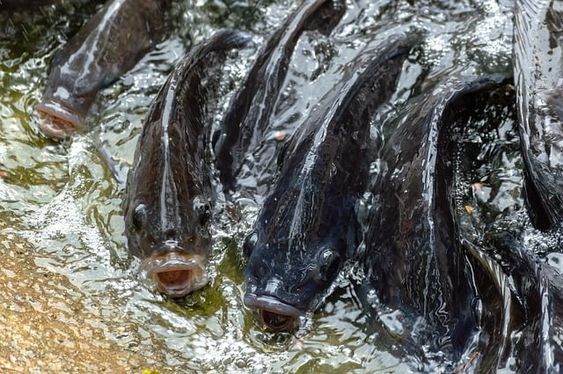The Importance of High-Quality Fish Feed: A Cornerstone of Aquaculture Success
Quality Fish Feed, the practice of raising fish in controlled environments, is a rapidly growing sector that plays a vital role in meeting the global demand for protein. However, its success hinges on several crucial factors, and one of the most important is the quality of the feed provided to the fish. High-quality fish feed offers a multitude of benefits, impacting not only the health and growth of the fish but also environmental sustainability and economic viability of aquaculture operations.
This article delves into the various aspects of quality in fish feed, exploring its key characteristics, the impact it has on different aspects of aquaculture, and how to ensure you’re selecting the best feed for your fish.
Contents
Key Characteristics of High-Quality Fish Feed
High-quality fish feed can be defined by a combination of factors that contribute to optimal fish health, performance, and minimal environmental impact. Here’s a breakdown of the crucial aspects:
-
Nutritional Profile: A well-balanced feed should provide all the essential nutrients fish need for proper growth, development, and immune function. This includes protein, carbohydrates, lipids, vitamins, minerals, and trace elements. The specific requirements will vary depending on the fish species, life stage, and water conditions.
-
Digestibility: High-quality feed utilizes ingredients that are easily digestible by the target fish species. This ensures efficient nutrient uptake, minimizes waste production, and promotes a healthy digestive system.
-
Palatability: Fish, like other animals, have taste preferences. A high-quality feed should be formulated to be attractive and palatable to the specific fish species. This encourages good feed intake, maximizing growth potential.
-
Physical Quality: The physical characteristics of the feed also play a significant role. Pellets should be the appropriate size for the fish to consume comfortably and should maintain their integrity in water. They should not disintegrate rapidly, releasing nutrients prematurely and polluting the water. Floating or sinking properties should be tailored to the feeding habits of the fish species.
-
Freshness: Fresh feed offers optimal nutritional value and palatability. Feeds stored for extended periods can degrade, losing essential nutrients and becoming less attractive to fish.
-
Minimal Contaminants: High-quality fish feed should be free from harmful contaminants such as pesticides, antibiotics, and mycotoxins (toxins produced by mold). These can negatively impact fish health and potentially pose risks to human consumers.
The Impact of High-Quality Fish Feed
Providing your fish with high-quality feed offers a multitude of benefits across various aspects of aquaculture:
-
Improved Fish Health and Growth: A balanced and digestible diet promotes optimal fish health, leading to stronger immune systems, reduced disease susceptibility, and faster growth rates. This translates to higher yields and improved profitability for fish farmers.
-
Enhanced Water Quality: High-quality feed minimizes waste production by ensuring efficient nutrient utilization. This helps maintain good water quality in aquaculture systems, reducing the risk of pollution and disease outbreaks.
-
Environmental Sustainability: Sustainable aquaculture practices are crucial. High-quality feeds contribute to this goal by minimizing nutrient pollution and promoting efficient resource utilization.
-
Reduced Production Costs: While high-quality feed might have a slightly higher initial cost, it often leads to lower overall production costs. This is due to factors like improved feed conversion ratios (amount of feed required to produce a unit of fish weight), reduced disease outbreaks, and minimized waste disposal needs.
-
Improved Product Quality: Fish fed high-quality diets tend to have better flesh quality, with higher protein content and desirable fat profiles. This translates to a more valuable product for consumers.
Selecting the Right Quality Fish Feed
With the understanding of the importance of high-quality fish feed, the next step is choosing the right option for your specific needs. Here are some pointers to consider:
-
Fish Species: Different fish species have varying nutritional requirements. Choose a feed specifically formulated for the type of fish you’re raising.
-
Life Stage: The nutritional needs of fish change throughout their life cycle. Select a feed appropriate for the current life stage of your fish, whether it’s fry, juvenile, or adult.
-
Water Conditions: Water quality parameters like temperature and salinity can influence fish metabolism and nutrient requirements. Consider these factors when choosing the feed.
-
Brand Reputation: Opt for reputable fish feed brands with a proven track record of providing high-quality products.
-
Feed Analysis Report: Reputable manufacturers provide feed analysis reports that detail the nutritional composition of the feed. Review this report to ensure it aligns with your fish’s needs.
-
Cost-Effectiveness: While cost is a factor, prioritize quality over the cheapest option. Remember, high-quality feed can often lead to long-term cost savings.






